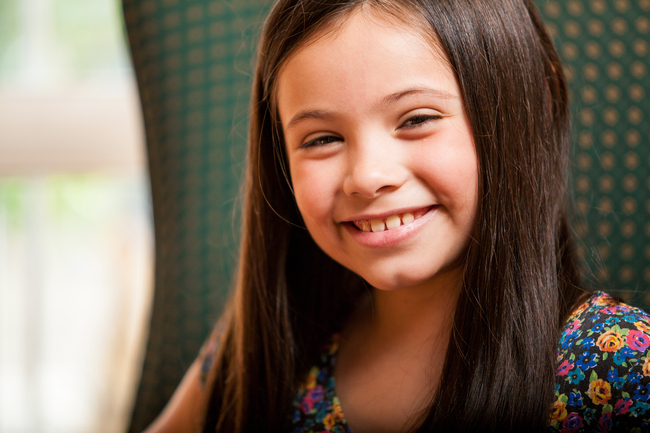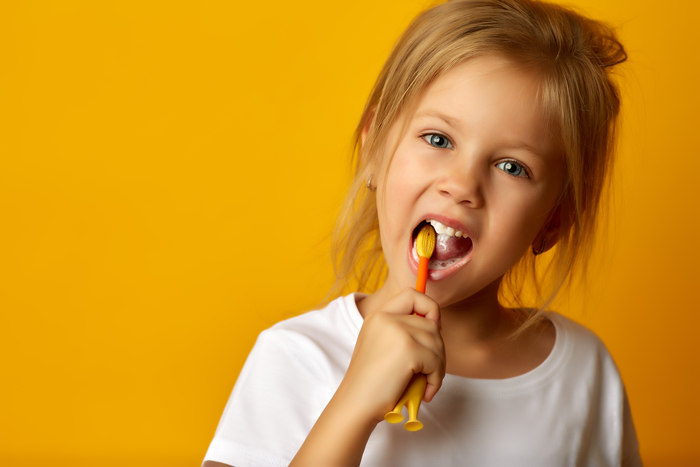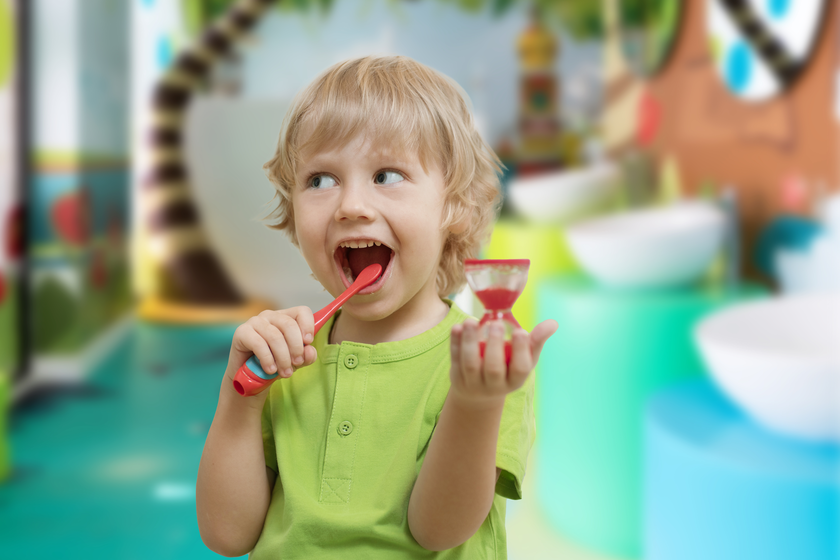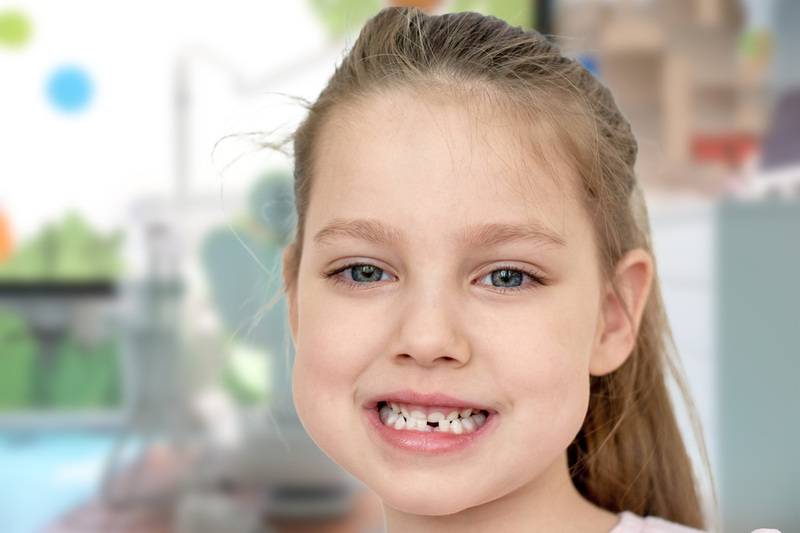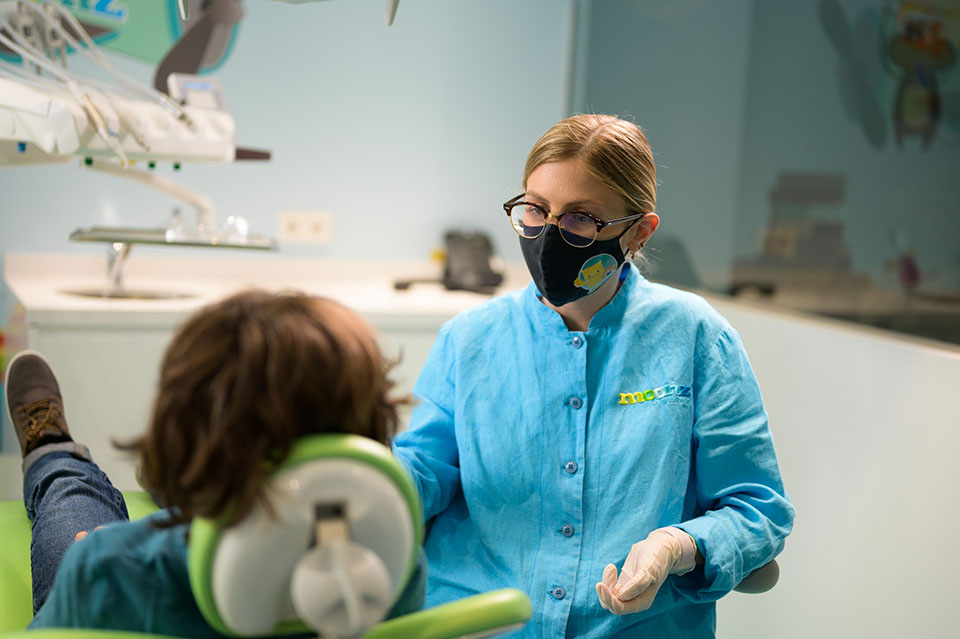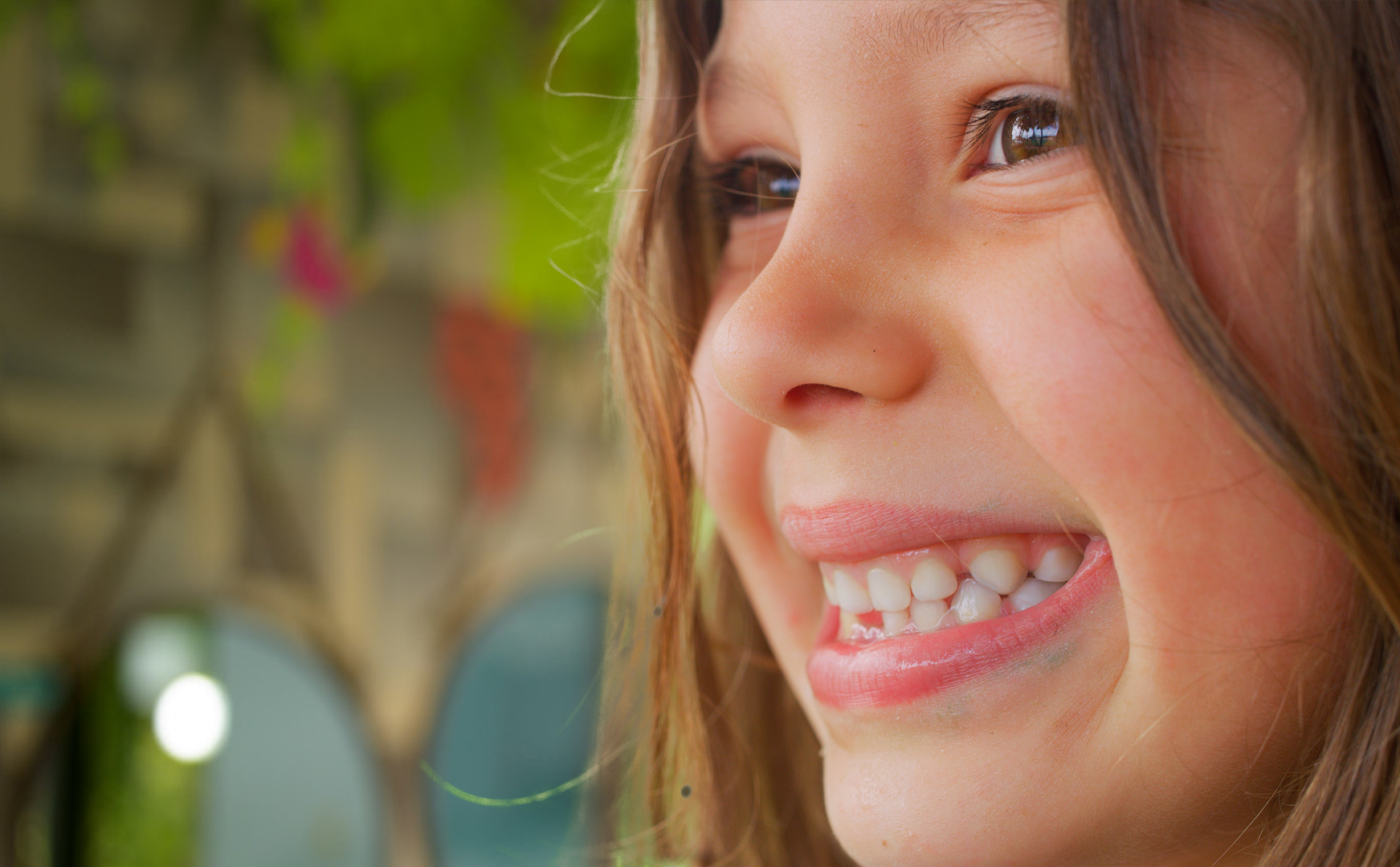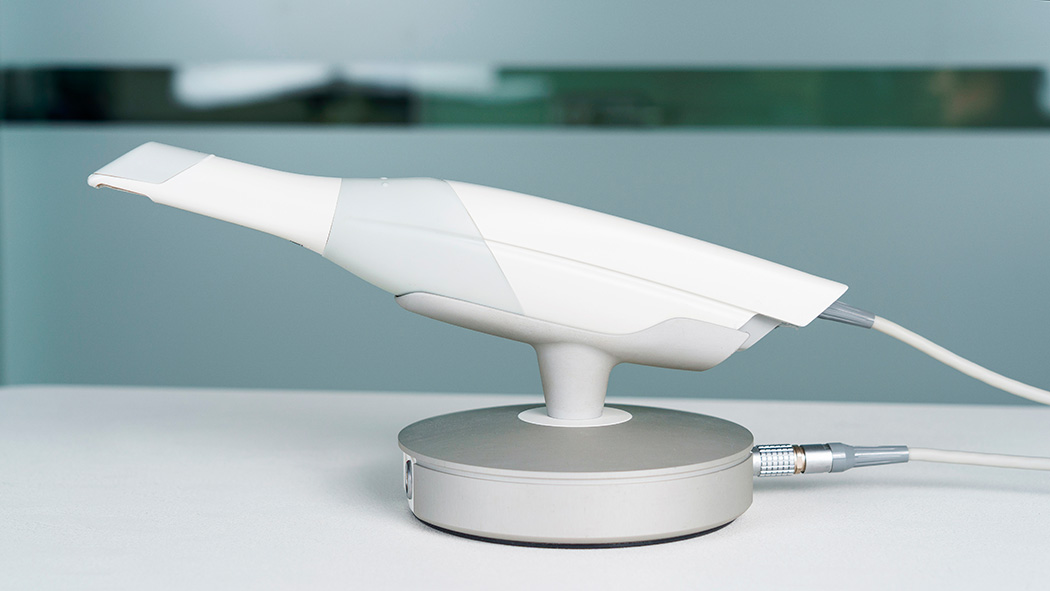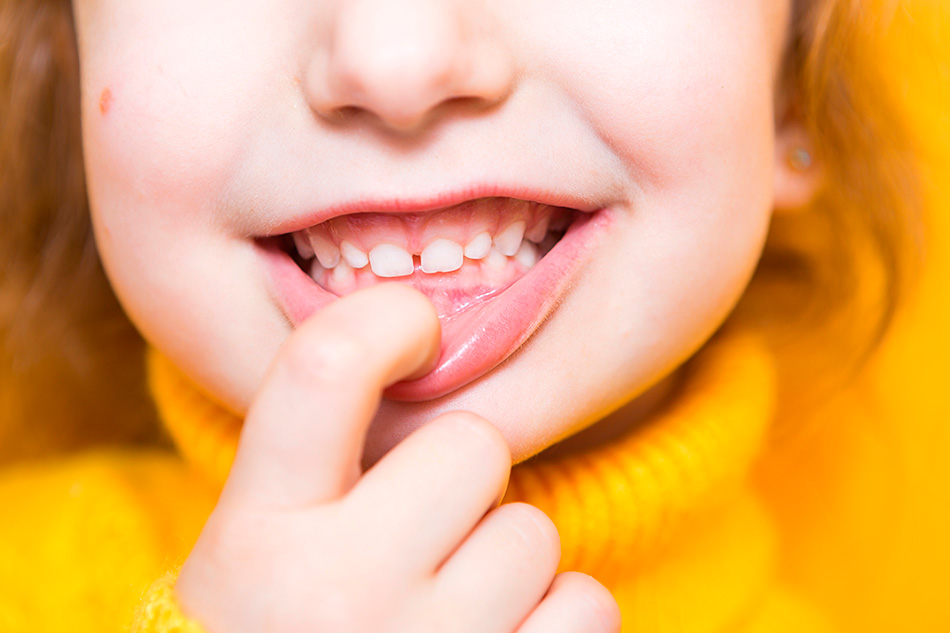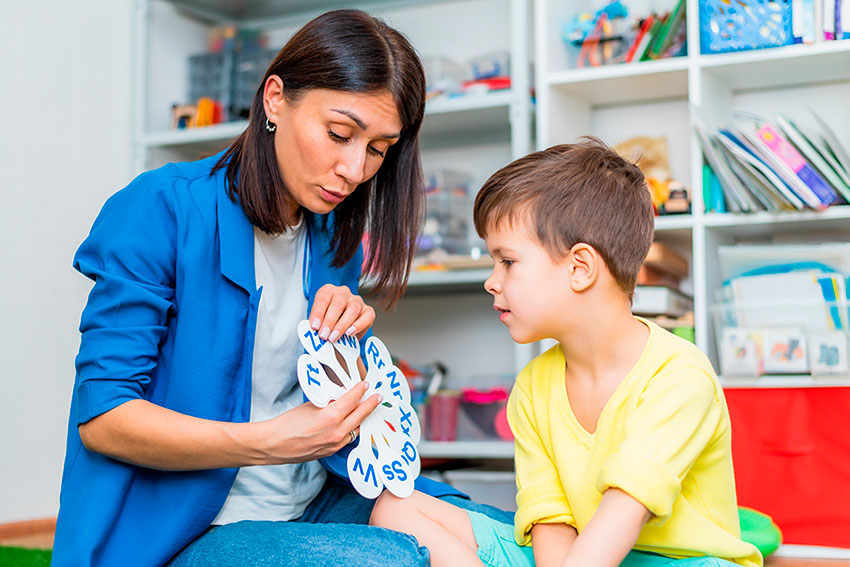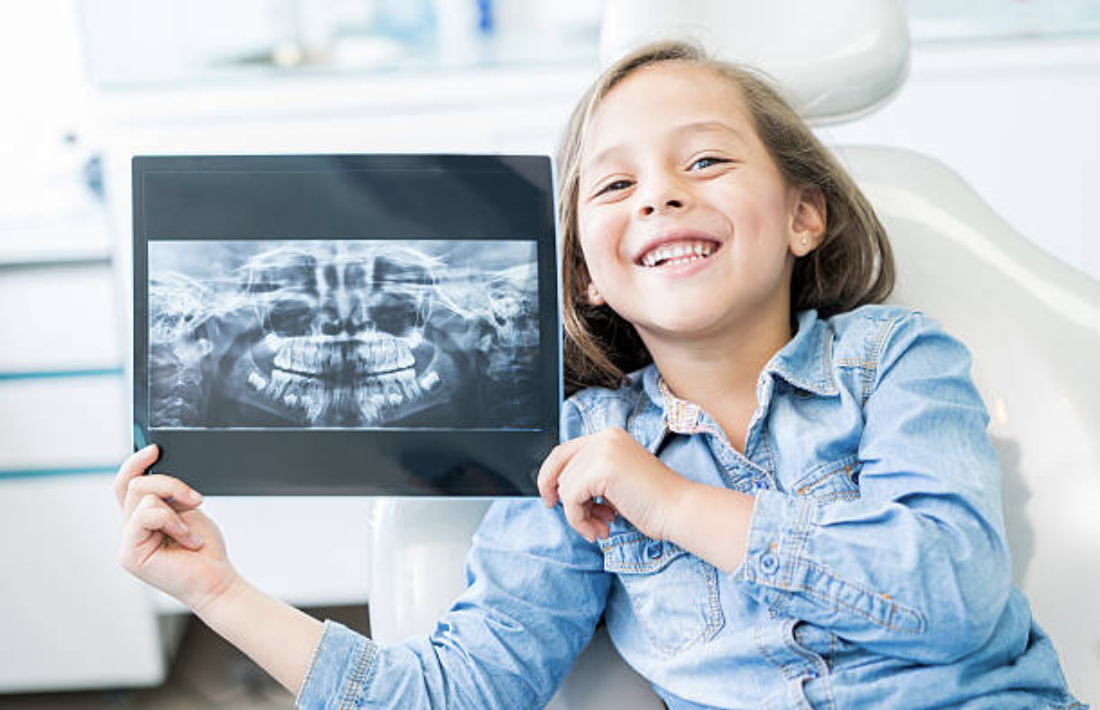Bruxism in children is a relatively common occurrence that can happen at any age, even in infants. It is the habit of unconsciously clenching or grinding the teeth, which usually happens at night during sleep.
This condition occurs in more than 20% of the population, regardless of age. There are many causes: sleep disorders, psychological and genetic problems, although they often occur together.
In this article we explain the main causes of bruxism in children and how to prevent it.
What is bruxism in children?
As already mentioned, bruxism in children consists of involuntary grinding or clenching of the teeth. It usually occurs in the early stages of sleep, which is called nocturnal bruxism, but can also occur when the child is awake, which is called daytime bruxism.
This condition usually occurs from the age of six, during the mixed dentition phase. It can be physiological and usually disappears when the permanent teeth appear, although it can sometimes persist into adulthood.
There are two types of bruxism
Centric bruxism: This is when the teeth clench.
Eccentric bruxism: This is when the upper teeth rub against the lower teeth.
WHAT ARE THE MAIN CAUSES OF BRUXISM IN CHILDREN?
There are various causes of bruxism in children
- Psychological factors: these are related to a condition or disorder that ultimately causes anxiety, stress or emotional tension in the child.
- Dental factors: such as bite changes, malocclusions (misaligned teeth) or faulty restorations (partial or complete reconstruction of a tooth).
- Physical factors: such as earaches or headaches, poor tooth position affecting jaw closure, the loss of milk teeth or the eruption of new teeth.
- Physiological factors: due to the timing of the change of teeth in the child.
- Other factors: related to sleep, such as parasomnia (abnormal behaviour during sleep), hyperactivity disorder, locomotor changes or eating problems.
WHAT ARE THE CONSEQUENCES OF BRUXISM IN CHILDREN?
The consequences of bruxism in children depend on the duration, intensity and frequency of occurrence, as different structures are affected by bruxism: the teeth and the tissues that support them, the masticatory muscles and the temporomandibular joints.
In most cases, bruxism does not cause serious complications, although children’s oral health can be affected.
Some of the main consequences of bruxism
- Headaches and earaches caused by the tension on the teeth.
- Chipped, broken or cracked teeth.
- Increased tooth sensitivity.
- Gum disease: Gums receding or becoming inflamed.
- Diseases of the temporomandibular joints.
- Wear of enamel and teeth.
- Mobility of the teeth.
- Malocclusion.
- Discomfort or pain when opening and closing the mouth.
WHAT IS THE TREATMENT TO PREVENT BRUXISM IN CHILDREN?
The treatment of bruxism in children should be as minimally invasive as possible. For this, it is necessary to know the causes, and depending on the cause, the paediatric dentist or orthodontist will decide on the appropriate treatment.
The specialist must assess the causes and find the most appropriate solution to prevent damage to the teeth. Regardless of the appropriate treatment, the orthodontist will also recommend improving some of your habits to prevent bruxism:
– Improve the quality of your sleep: it is advisable to limit the use of screens (television, electronic devices, etc.) before going to bed. Relaxing activities such as a warm bath or reading a story to your child can promote rest.
– Watch what you eat: children should not eat sugary foods as this can make them overstimulated and more nervous than usual.
– Check breathing: If you notice that your child snores or breathes through the mouth regularly, you should visit the paediatric dentist to investigate the causes and solve the problem.
One of the possible treatments to prevent bruxism in children is the bite guard. This is a mouthguard made of soft rubber or acrylic that fits over the teeth of the upper jaw to reduce stress on the jaw joint and protect the jaw system.
Bite splints are rigid, about 2 mm thick and are custom made for each patient. They work at night as they are put on just before going to bed so that the child can relax the muscles to prevent teeth grinding. They need to be monitored by the orthodontist so that the growth of the jaws is not interrupted.
Sometimes bruxism is due to misaligned teeth that require orthodontic or dental orthopaedic treatment, depending on the case.
Therefore, from the age of six, when the mixed dentition starts, the child should be monitored regularly so that a specialist can examine his or her case and detect any problems in time.
CONCLUSIONS
Bruxism in children is a non-functioning movement of the jaw. It is a relatively common condition in children and even in infants.
Bruxism is a completely involuntary action in which the teeth of the upper and lower jaw arch come into contact and cause teeth grinding.
There are two types of bruxism: eccentric bruxism (grinding the teeth together) and centric bruxism (clenching the teeth together), although it can also occur during the day and at night.
There are many causes of bruxism, including psychological, physical and dental factors. However, many other factors can also play a role, such as those related to eating or sleeping problems.
It is therefore important that children see the paediatric dentist and orthodontist regularly, especially from the age of six, when the milk teeth erupt and the permanent teeth come through. In this way, existing problems can be detected in time and appropriate treatment can be determined.
BIBLIOGRAPHIC
- Fleta Zaragozano J. (2017): “Bruxismo en la infancia, causas y orientación terapéutica”. Pediatría Integral XXI, 486.e1-436.e3.
- Restrepo C., Santamaría A. y Manrique R. (2021): “Sleep bruxism in children: relationship woth screen-time and sugar consumption”. Sleep Medicine X, vol. 3.
- Vallejo E., González E. y Del Castillo R. (2002): “El bruxismo infantil”. Odontología Pediátrica, vol. 10, nº 3. Pp 135-41.






